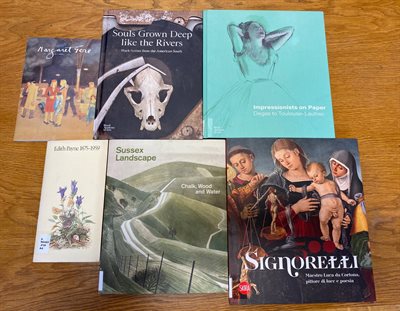 The Barber Fine Art Library has a major collection of catalogues of temporary art exhibitions and gallery collections dating back to the eighteenth century. Exhibition catalogues are an important resource for studying art history. As well as being sources of information they are physical objects that can help you to imagine what it might have been like to attend a particular exhibition. They may also include detailed bibliographies which can help you trace other useful sources.
The Barber Fine Art Library has a major collection of catalogues of temporary art exhibitions and gallery collections dating back to the eighteenth century. Exhibition catalogues are an important resource for studying art history. As well as being sources of information they are physical objects that can help you to imagine what it might have been like to attend a particular exhibition. They may also include detailed bibliographies which can help you trace other useful sources.
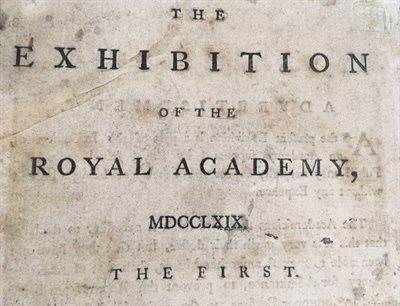
The earliest exhibition catalogues were small unillustrated publications giving only the minimum of information, such as title, dimensions, materials and creator. Catalogues published from the 1970s, on the other hand, became increasingly colourful publications packed with illustrations, up-to-date research, lengthy articles and even unique material such as interviews with artists.
Although many galleries are now producing online exhibition guides, the printed catalogue is still a popular format. The library is constantly adding the latest catalogues to our collection.
We automatically receive copies of catalogues produced by The Barber Institute including exhibitions curated by MA students from the Department of Art History Curating and Visual Studies.
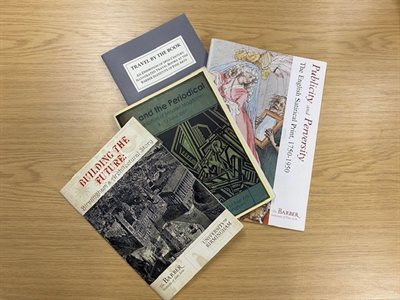
We have a long run of catalogues published by the Royal Academy of Arts, London, including that of the first exhibition in 1768, Academy notes and Royal Academy illustrated.
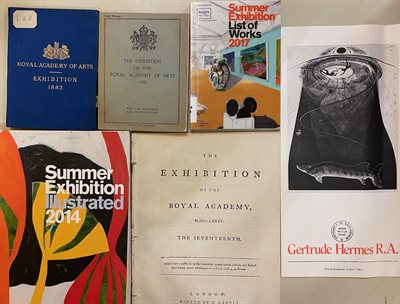
We have catalogues for some of the giant international exhibitions sometimes called universal exhibitions such as The Great Exhibition, London, 1851, and the Exposition Internationale des Arts Décoratifs et Industriels Modernes, Paris, 1925, which is said to have given the name Art Deco to the fashionable style of the period.
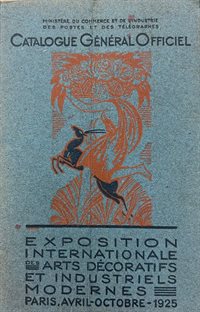
All our exhibition catalogues are on FindIt@Bham. Many are housed in the Research Reserve (RRART) and can be requested via FindIt@Bham.